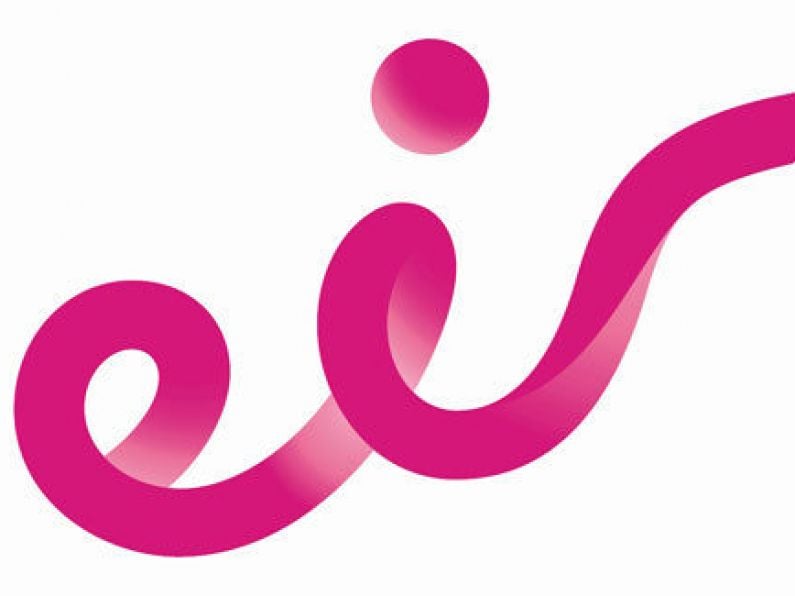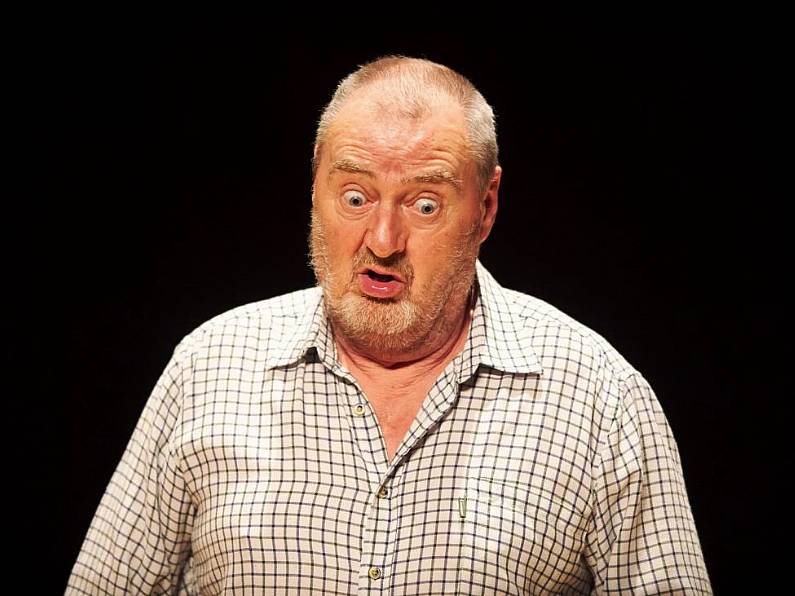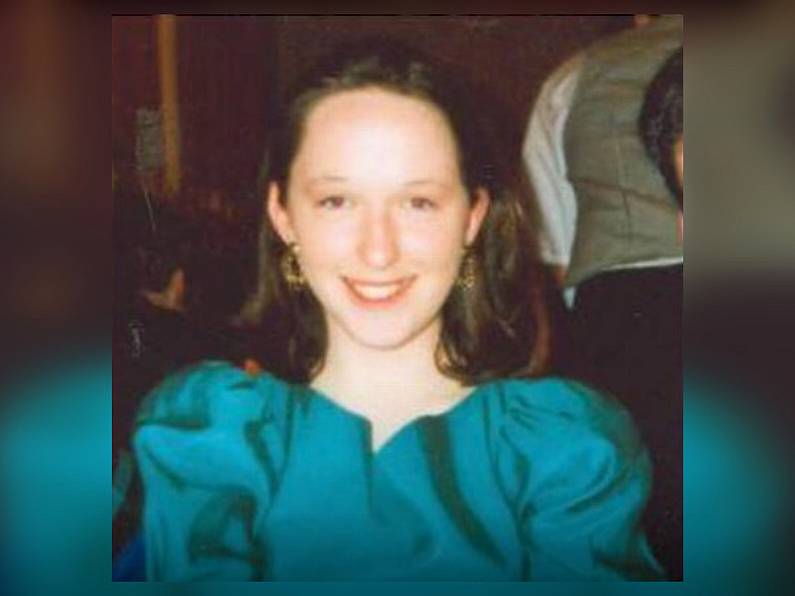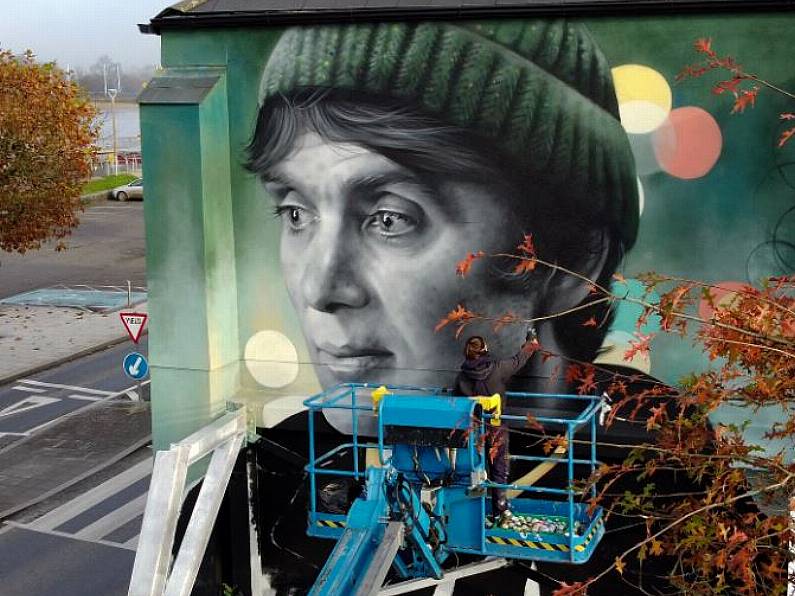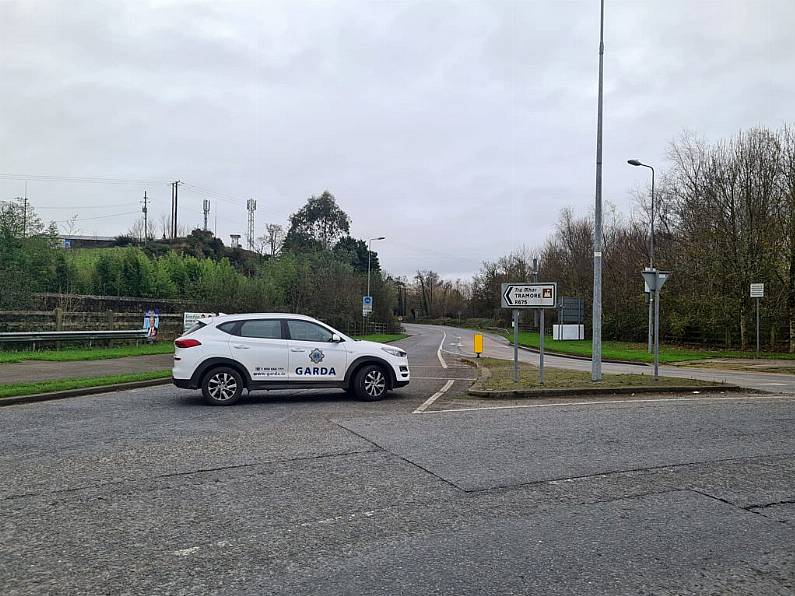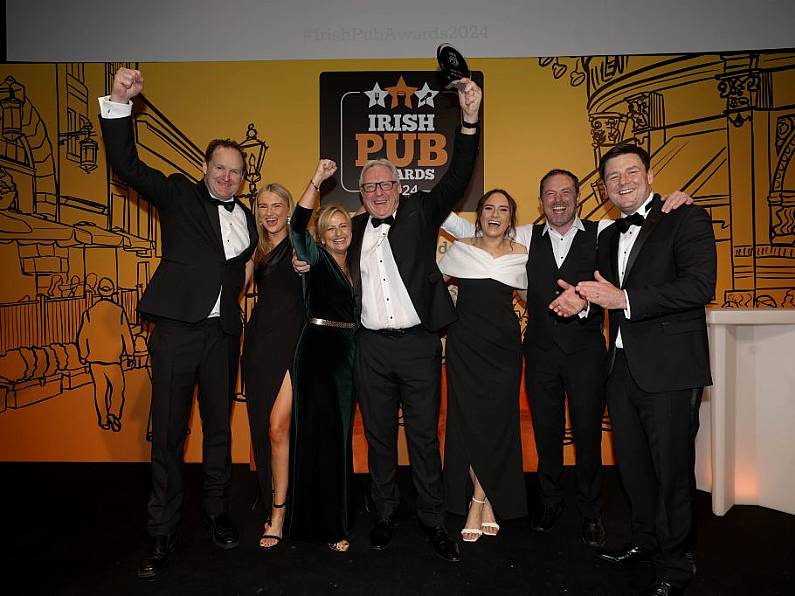Eir has defended its roll-out of high-speed rural broadband despite fewer than one in five homes and premises covered by the service actually connecting up to it.
The company, which is providing fibre broadband in the vicinity of 330,000 premises as a precursor to the National Broadband Plan (NBP), says it never expected a full take-up and the likely end result will be “a fair amount below 100%”. It says it is satisfied with progress.
However, it is a long way from the perception created when the scheme was announced by the Government in 2017 and Denis Naughten, then communications minister, said: "The agreement that I have signed with Eir means one house every minute of every working day will get fibre to the door high-speed broadband over the next 90 weeks.".
Eir said it is not responsible for the "fibre to the door" claim. "It's not industry language and it's not language that we would have used," said communications director, Ed Storey.
The company has not disclosed the take-up rate since last spring when it was put at 14%. It cites commercial sensitivity for declining to give an update.
Mr Storey said: "It has gone up a little bit. It's moving in line with our expectations and we're pretty happy with it." He said the take-up would ultimately remain a fair amount below 100% but this was normal.
Despite the "fibre to the door" claim, householders on the rollout route can be as much as 150m from the cable and, in some cases, that leads to connection delays.
"In 95% of cases, when connection is requested, it is done within 20 days, but because it's rural Ireland, you have a lot of issues that are specific to individual homes," Mr Storey said.
"A lot of the 5% would be cases where we have to get a licence to cross a road to put up a pole and we're waiting for a council to grant the licence. Some move very quickly, some don't. Although it's obviously very urgent to deliver broadband to rural Ireland, broadband hasn't been designated an essential service the same way as water and electricity has."
Seamus Boland, CEO of RuralLink, said his organisation is one of the 5%: "Our office is just outside Moate and we're waiting six months to be connected."
Mr Boland said it is too early to be concerned about the low take-up rate but he said the marketing of the service was poor, with much of the advertising emphasising the entertainment value of broadband rather than its practical necessity.
"So much of the ordinary engagement people have with public services is done online and people don't realise that until they need that service. My concern is that a sudden need will arise and people will look for broadband and find they can't have it for months."
Niall Garvey, CEO of Muintir na Tire, also said it is too soon to judge the take-up rate and he cautioned against it being used to in any way lessen the urgency with getting the full NBP under way: "People need to be able to make decisions about where they live and how they work and they can't commit to a place if there isn't good broadband. Young people who might otherwise stay in rural Ireland are moving into towns and cities just because they can't get broadband."
